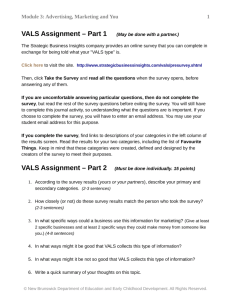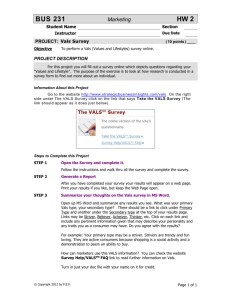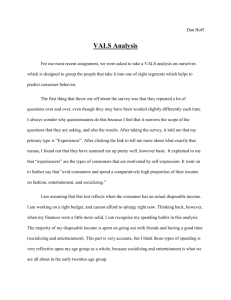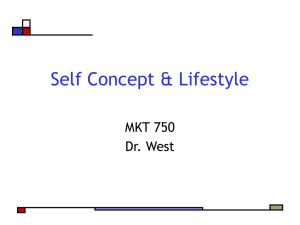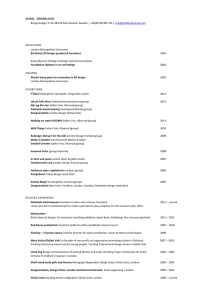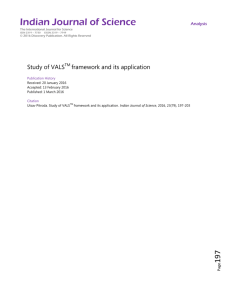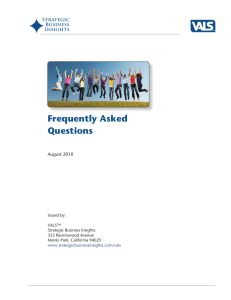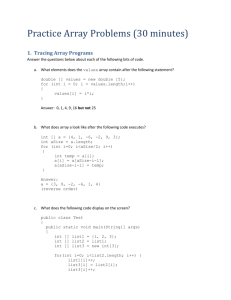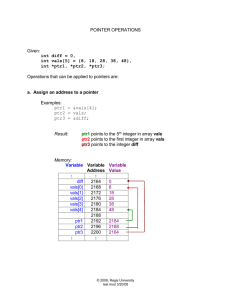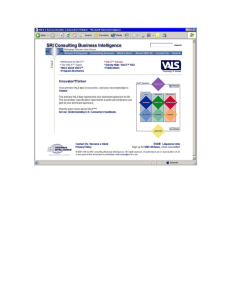SRI Announces VALS 2
advertisement
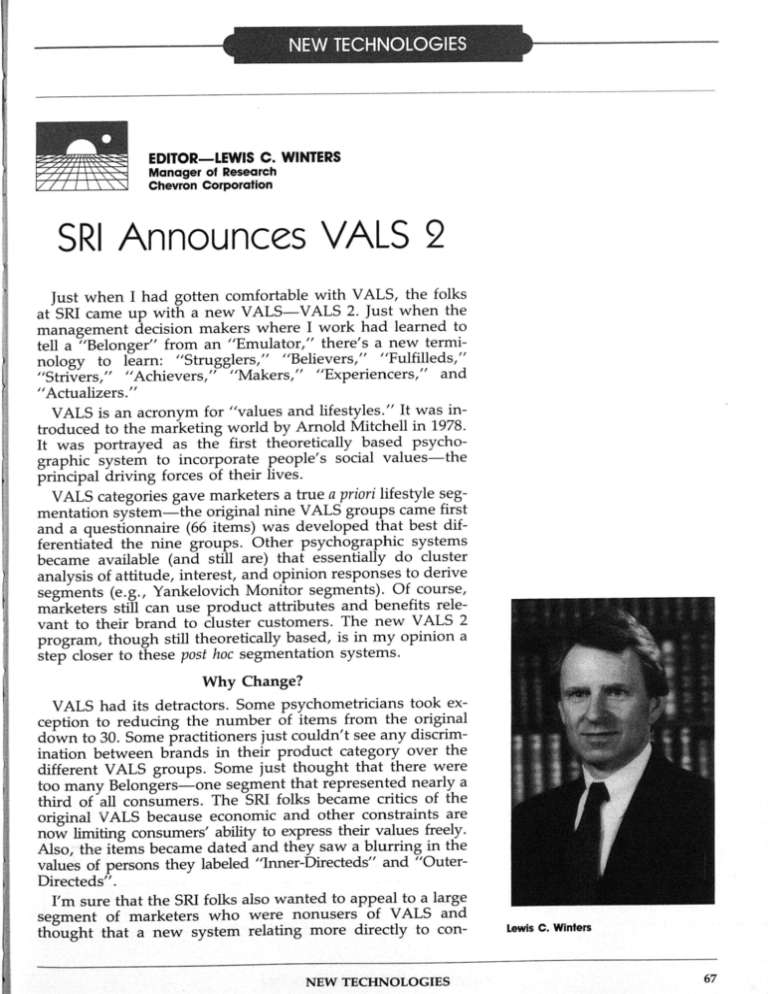
NEW TECHNOLOGIES EDITOR—LEWIS C. WINTERS / / 1 \\\ \ \ \ \ Manager of Research Chevron Corporation SRI Announces VALS 2 Just when I had gotten comfortable with VALS, the folks at SRI came up with a new VALS—VALS 2. Just when the management decision makers where I work had learned to tell a "Belonger" from an "Emulator," there's a new terminology to learn: "Strugglers," "Believers," "Fulfilleds," "Strivers," "Achievers," "Makers," "Experiencers," and "Actualizers." VALS is an acronym for "values and lifestyles." It was introduced to the marketing world by Arnold Mitchell in 1978. It was portrayed as the first theoretically based psychographic system to incorporate people's social values—the principal driving forces of their lives. VALS categories gave marketers a true a priori lifestyle segmentation system—the original nine VALS groups came first and a questionnaire (66 items) was developed that best differentiated the nine groups. Other psychographic systems became available (and still are) that essentially do cluster analysis of attitude, interest, and opinion responses to derive segments (e.g., Yankelovich Monitor segments). Of course, marketers still can use product attributes and benefits relevant to their brand to cluster customers. The new VALS 2 program, though still theoretically based, is in my opinion a step closer to these post hoc segmentation systems. Why Change? VALS had its detractors. Some psychometricians took exception to reducing the number of items from the original down to 30. Some practitioners just couldn't see any discrimination between brands in their product category over the different VALS groups. Some just thought that there were too many Belongers—one segment that represented nearly a third of all consumers. The SRI folks became critics of the original VALS because economic and other constraints are now limiting consumers' ability to express their values freely. Also, the items became dated and they saw a blurring in the values of persons they labeled "Inner-Directeds" and "OuterDirecteds". I'm sure that the SRI folks also wanted to appeal to a large segment of marketers who were nonusers of VALS and thought that a new system relating more directly to conNEW TECHNOLOGIES Lewis C. Winters 67 sumer purchase behavior and with more equal sample sizes per segment might do the trick. Bottom-line, SRI is moving away from the inner- and outerdirectedness framework. Now they say it is too general a framework for understanding consumer behavior. $1.5 Million to Develop VALS 2 The new instrument has 38 agree-disagree items (4-point scale) plus four classification questions (sex, age, education, and income). It took the VALS staff more than two years and $1.5 million to come up with the questionnaire, to solicit the views of many experts, and to field two large-scale national surveys. The typology (eight types listed before) is formed by the intersection of two dimensions, (1) self-orientation and (2) psychological and material resources (e.g., income, education, energy level, self confidence, etc.). The self-orientation dimension in VALS 2 has three levels: Principle, Status, and Action. Consumers with a Principle orientation look inside themselves to make choices. Those with a Status orientation make choices in relation to others' reactions, desires, etc. Those with an Action orientation make choices that they think will result in an impact on the world or on the feelings of themselves or others. The resource dimension ranges from a level labeled "minimal" to a level labeled "abundant." The intersections of these dimensions form the eight groups shown in Figure 1. Will VALS 2 Work? Clearly 1989 will be a year of transitions for VALS and its users. At first glance there seems to be virtually no relationship between the original VALS and VALS 2, though whatever connection there is will be known soon—NFO is currently "typing" their panelists on VALS 2 and will soon have • Fulfilleds Achievers Experiencers Believers Strivers Makers Strugglers - Resources — Actualizers Abundant Figure 1 E C p. Principle Status ''•- ' '•••':' Self Orientation MARKETING RESEARCH, JUNE 1989 Action : ' •'• 1 1 . almost 60,000 people for whom they can compare surveys on the original VALS and VALS 2. SMRB and MRI will use VALS 2 in their market media research studies in 1989. I'm sure that many marketers and agency people will be looking at the product (brand) by media exposure by VALS 2 categories to see if they can identify new niches. Personally, I'm not sure the original VALS was so broken that this new VALS 2 fix was needed. I hope this isn't going to end up being a story of a marketer (SRI) trying to appeal to the nonuser segment and as a result risking a loss of its current loyal customers. Time will tell. In the meantime, I'm going back to try to figure out how to teach people in my company how to speak VALS 2 language and to pay the fee to learn along with SRI—for a company like Chevron, the fee will be $30,000 (it's more or less for other companies, agencies and nonprofit groups, etc.). That represents a substantial fee increase for us. Plus, each time a subscriber uses the VALS 2 questionnaire in a proprietary study there is a small per-respondent charge by SRI to "type" the respondents. • Reprint No. MR12112 i • . •••'., .- NEW TECHNOLOGIES •••ii ^^
